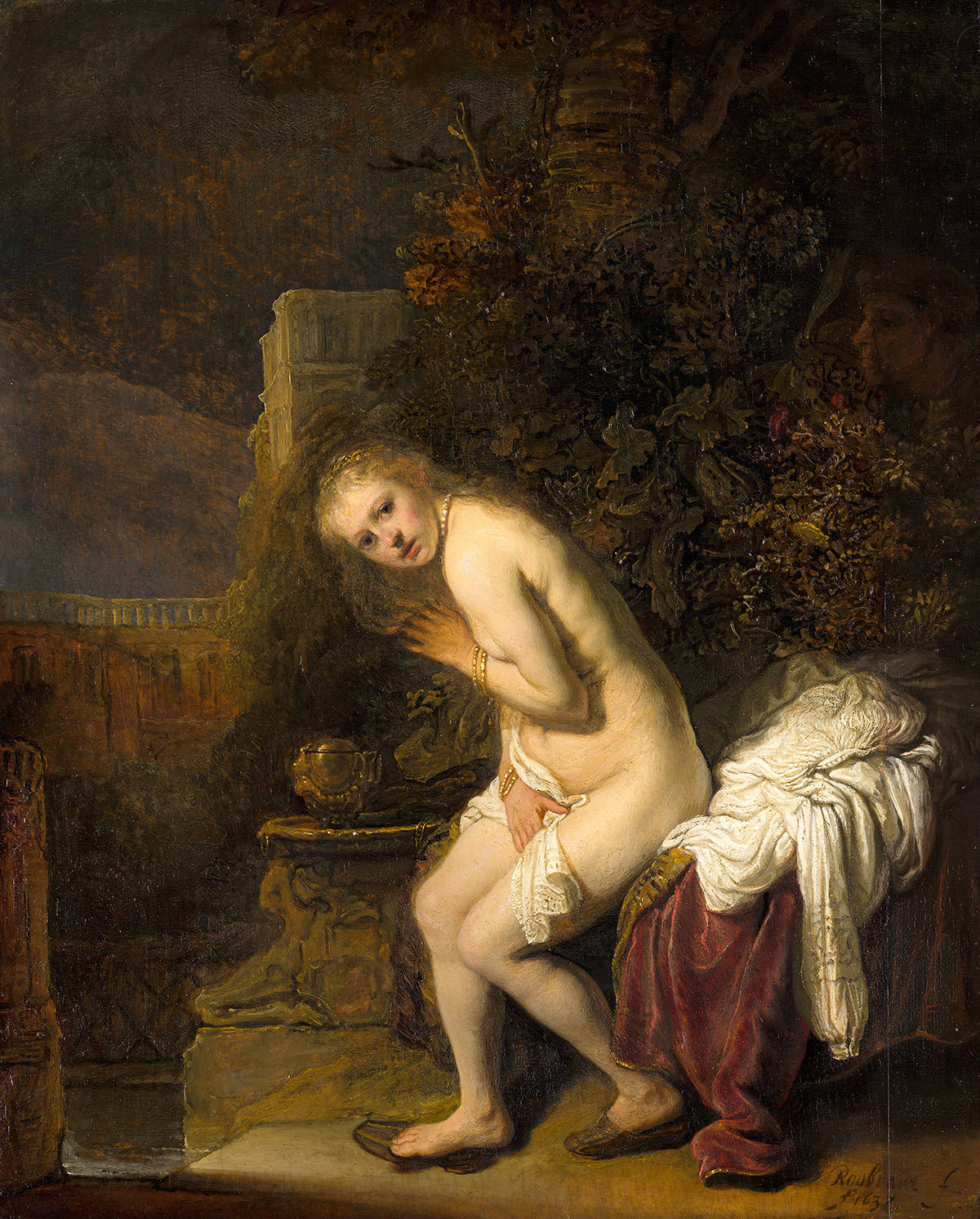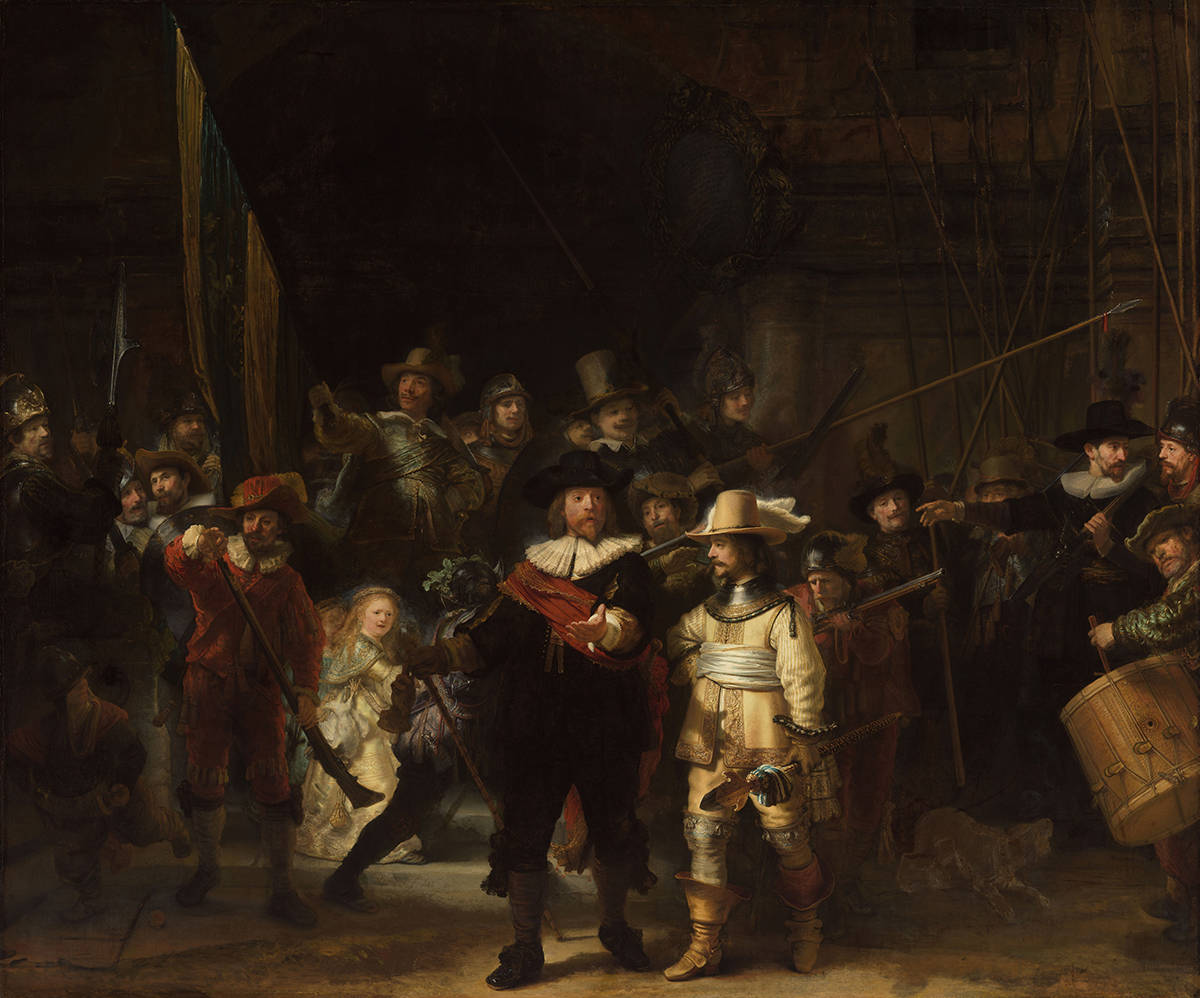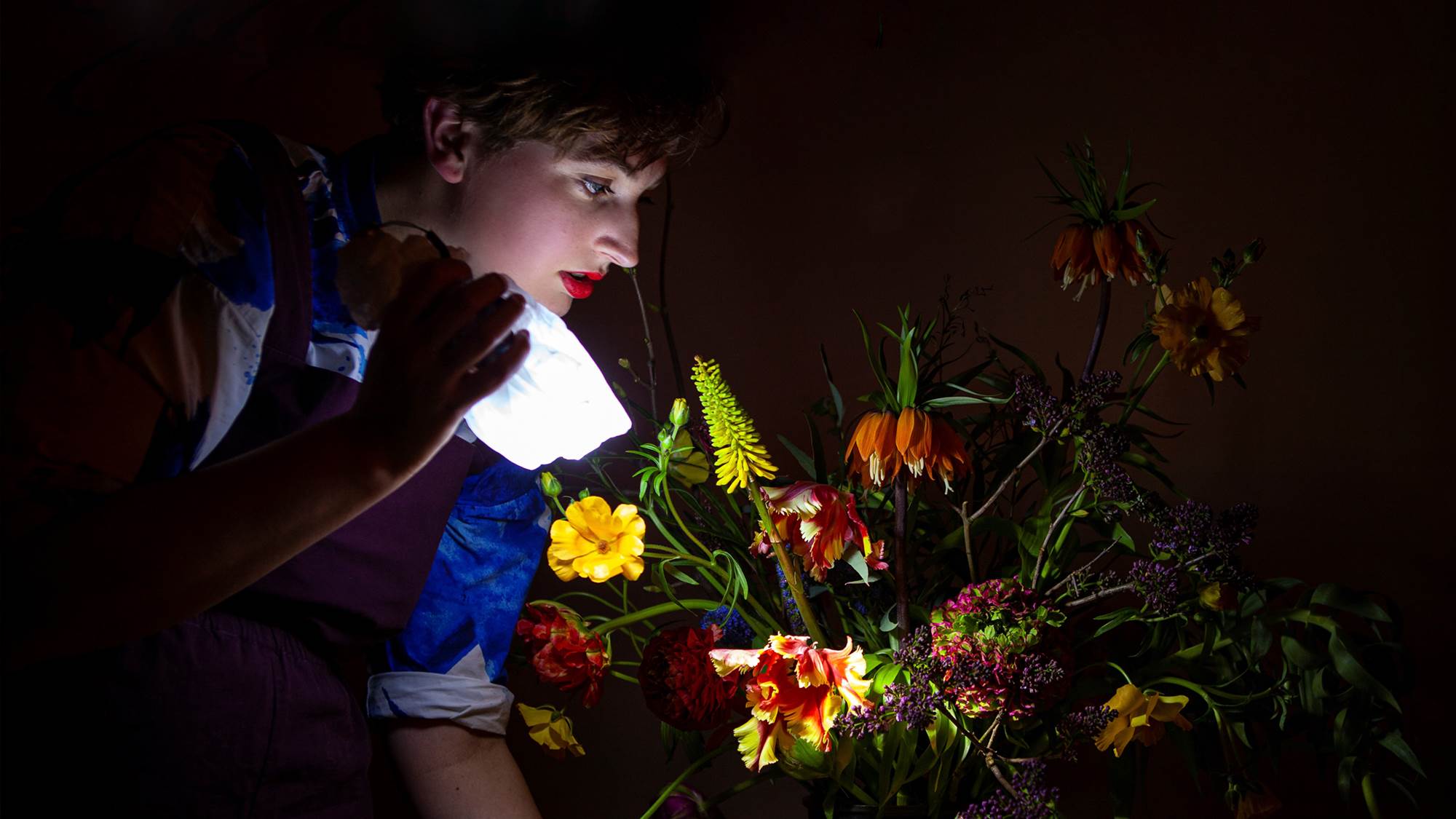
Rembrandt: the most exciting artist of the 17th century.
Rembrandt is the Netherlands’ best-known artist. Why is that?
Narrated by

Johan Fretz
Writer, columnist & comedian

Jooske van Lidth de Jeude
Doctor

Mandela Wee Wee
Actor

Reggie Baay
Writer

Lita Cabellut
Artist
Rembrandt was born in a house on Weddesteeg in Leiden on 15 July 1606. His father was a miller. Rembrandt - whose full name was Rembrandt Harmenszoon van Rijn - was the youngest of seven children. He attended the Latin school and then went to study arts at the University of Leiden, at the age of fourteen. He left two years later, when he decided that he wanted to be a painter.
He became an apprentice at the workshop of painter Jacob van Swanenburgh in Leiden. To learn even more, he left for Amsterdam, where he was apprenticed to Pieter Lastman, a well-known history painter. What Rembrandt could not yet know is that he himself would become one of the most famous painters in the world.

Light and shade
Discover why Rembrandt’s use of light and shade plays an important role in film today.

Cliffhangers
According to Greek mythology, Princess Andromeda had to be sacrificed to free her country from a sea monster. Rembrandt turned it into a great big cliffhanger.
Movement
In 1632 Doctor Nicolaes Tulp (the man in the black hat) asked Rembrandt to paint a group portrait of the Amsterdam surgeon’s guild. Every winter, Tulp taught the guild about the workings of the human body by dissecting a corpse. Normally, group portraits are pretty stiff affairs, with a row of people staring straight ahead. But not this one. Rembrandt painted the surgeons in action. He introduced movement to the painting by having them all look in different directions: at the corpse, at the book, at you. Just like you’ve opened the door of the dissecting room and walked right into this scene. But is it actually correct, what we see?
All audio clips
-
Jooske van Lidth de Jeude
Doctor


A missing hand
As well as the names of the doctors, we also know the identity of the corpse: Adriaen Adrieansz, also known as Aris Kindt. Aris was arrested for stealing a winter coat and sentenced to death.
Aris Kindt had previously been found guilty of theft and his right hand was cut off as punishment. Rembrandt originally painted Aris’s arm as he saw it, as a stump. But he later added a hand, presumably because the stump was far too distracting. The stump is still visible with x-ray.

Perspective
The bible tells us that Susanna was the god-fearing wife of a rich man from Babylon. She would regularly bathe in the pond in her garden. One day, two old men hide so they can watch her bathe. You can see them (just) on the right in the bushes. They try to force her to have sex with them by threatening to spread rumours about her. Rembrandt paints the moment when the men first speak to Susanna. She cannot see them, and she looks anxiously at us. Suddenly, we are involved in the scene. She tries desperately to cover her naked body. By making the men almost invisible and focusing all the attention on Susanna, Rembrandt makes the situation even more dramatic.
All audio clips
-
Mandela Wee Wee
Actor


Slippers and stockings
Rembrandt’s Susanna is a completely ordinary woman, who wears completely ordinary slippers. The impression of her stockings is still visible on her calves.

Emotions
Lots of things are idealised in 17th-century art. Things were made to look better than they really were. Rembrandt did not do this. He was interested in real life, and he wanted to show how things really were. He painted people just as they were, with wrinkles, rotten teeth and genuine emotions.
He studied people very well, especially their personality and their facial expressions. He did the same with these two men, too. He might have met them on the street in Amsterdam. There was a black community living not far from his house. How did these men feel? Writer Reggie Baay has a few ideas:
All audio clips
-
Reggie Baay
Writer


Self-portraits
No other 17th-century artist painted themselves as often as Rembrandt did. There are about 80 self-portraits of Rembrandt, when he was young, when he was old (like this one), and in various roles. There are portraits of Rembrandt as a beggar, an artist, a figure from the bible and a soldier. He rarely wore clothes from his time in his portraits. He usually wore historical costumes, clothes that had been out of fashion for a hundred years. As if he wanted to place himself outside his own time. The beret he is wearing here was no longer worn in the 17th century, which is quite surprising for an artist who liked to paint life as it really was.
All audio clips
-
Johan Fretz
Writer, columnist & comedian



Unpredictable technique
Artist Lita Cabellut walks us through the unpredictable technique of Rembrandt. Discover what technique influenced her own work.
The eye of the master
It is as if Rembrandt is looking at you with a penetrating stare. But what you are really seeing is the gaze of someone studying himself in the mirror. And making a truthful record of what he saw, with careful attention to his wrinkles and the bags under his eyes.
Rembrandt very loosely added some pink strokes of paint over the brown-grey preparation layer and for the most part left this dark base layer visible. In this way he created the suggestion of an old man’s eye. The eye of the master.
More Rembrandt
Scroll with your mouse, or use the arrows to navigate through the page


